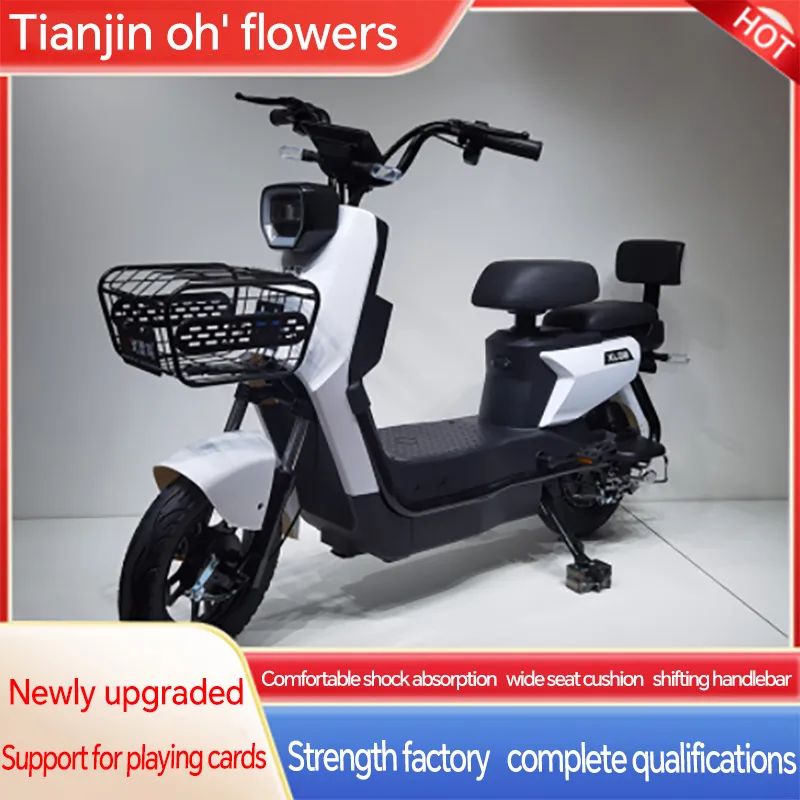
- Afrikaans
- Albanian
- Amharic
- Arabic
- Armenian
- Azerbaijani
- Basque
- Belarusian
- Bengali
- Bosnian
- Bulgarian
- Catalan
- Cebuano
- Corsican
- Croatian
- Czech
- Danish
- Dutch
- English
- Esperanto
- Estonian
- Finnish
- French
- Frisian
- Galician
- Georgian
- German
- Greek
- Gujarati
- Haitian Creole
- hausa
- hawaiian
- Hebrew
- Hindi
- Miao
- Hungarian
- Icelandic
- igbo
- Indonesian
- irish
- Italian
- Japanese
- Javanese
- Kannada
- kazakh
- Khmer
- Rwandese
- Korean
- Kurdish
- Kyrgyz
- Lao
- Latin
- Latvian
- Lithuanian
- Luxembourgish
- Macedonian
- Malgashi
- Malay
- Malayalam
- Maltese
- Maori
- Marathi
- Mongolian
- Myanmar
- Nepali
- Norwegian
- Norwegian
- Occitan
- Pashto
- Persian
- Polish
- Portuguese
- Punjabi
- Romanian
- Russian
- Samoan
- Scottish Gaelic
- Serbian
- Sesotho
- Shona
- Sindhi
- Sinhala
- Slovak
- Slovenian
- Somali
- Spanish
- Sundanese
- Swahili
- Swedish
- Tagalog
- Tajik
- Tamil
- Tatar
- Telugu
- Thai
- Turkish
- Turkmen
- Ukrainian
- Urdu
- Uighur
- Uzbek
- Vietnamese
- Welsh
- Bantu
- Yiddish
- Yoruba
- Zulu
Nov . 16, 2024 21:20 Back to list
Converting 9-Speed to 12-Speed for Mountain Bikes Explained in Simple Steps
Transitioning from 9-Speed to 12-Speed A Comprehensive Guide for Mountain Bikers
Mountain biking is an exhilarating sport that combines thrill, skill, and the beauty of nature. One of the most critical components of mountain bikes is the drivetrain. Over the years, advancements in technology have led to the development of various gearing systems, with the transition from a 9-speed to a 12-speed drivetrain being one of the most significant changes many riders are contemplating. This article aims to explore the advantages of upgrading from a 9-speed to a 12-speed system and what it entails for mountain bikers.
Understanding Gear Ratios
A 9-speed drivetrain typically offers a range of gears suitable for various terrains, but it often lacks the versatility needed for modern mountain biking. A 12-speed system, on the other hand, provides a wider gear range and smaller increments between the gears. This means that riders can find the perfect gear for climbing steep hills or negotiating technical descents more easily and efficiently. With the addition of three extra gears, the 12-speed system allows for finer adjustments, which can enhance performance and improve rideability.
Smooth Shifting and Instant Engagement
One of the major improvements seen in 12-speed systems is the smoothness of gear changes. Manufacturers have invested heavily in developing technology that minimizes shifting lag, allowing riders to engage the gears instantaneously. This is particularly beneficial during competitive rides or when navigating challenging trails, as riders can concentrate on their ride rather than worrying about missed shifts or misalignment.
Reduced Weight and Increased Strength
9 speed to 12 speed conversion mtb

While a common concern among mountain bikers is the weight of their gear, 12-speed drivetrains have made significant strides in reducing weight while increasing strength. Components such as chains, cassettes, and derailleurs have been optimized for performance without adding unnecessary weight. Consequently, riders can enjoy a more agile and responsive bike, crucial for tackling high-intensity trails.
Compatibility and Upgrading
Transitioning to a 12-speed system may seem daunting, especially when considering compatibility with existing components. When upgrading, it's essential to consider that 12-speed drivetrains require specific cassettes, chains, and derailleurs designed for their unique spacing and features. This means you might need to invest in new shifters and a new chainring as well, depending on your current setup. This initial investment may deter some riders; however, the benefits of enhanced performance often outweigh the costs.
Gear Choices and Range
Another significant advantage of a 12-speed system lies in the offering of additional gear options. Riders can find gearing combinations that perfectly suit their riding style and terrain – be it for speedy cross-country routes or for technical downhill runs. The expanded gear range means fewer compromises and a more enjoyable ride overall.
Conclusion
Upgrading from a 9-speed to a 12-speed drivetrain is a significant step forward for serious mountain bikers. With improved gear ratios, smoother shifting, reduced weight, and expanded range options, this transition can dramatically enhance your riding experience. While the initial investment may be higher, the long-term benefits, including greater performance and versatility, make it a worthwhile consideration for any mountain biking enthusiast. As technology continues to evolve, embracing these advancements will ensure that you stay at the forefront of the sport, ready to tackle any challenges the trails present.
-
The Ultimate Kids' Four-Wheeler Experience
NewsJul.09,2025
-
The Ultimate Guide to Mountain Bikes: Gear Up for Your Ride
NewsJul.09,2025
-
The New Age of Cycling: Electric Bikes for Every Rider
NewsJul.09,2025
-
The Best Kids Bicycles: Ride in Style and Safety
NewsJul.09,2025
-
The Best 3-Wheel Scooters for Kids: Fun, Safety, and Adventure
NewsJul.09,2025
-
Revolutionize Your Ride: Affordable Electric Bikes
NewsJul.09,2025
-
Finding the Perfect Mountain Bike for Every Rider
NewsJul.09,2025



